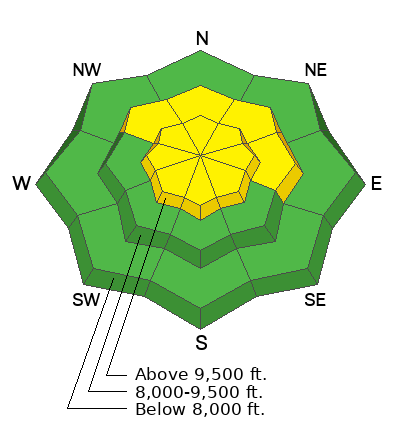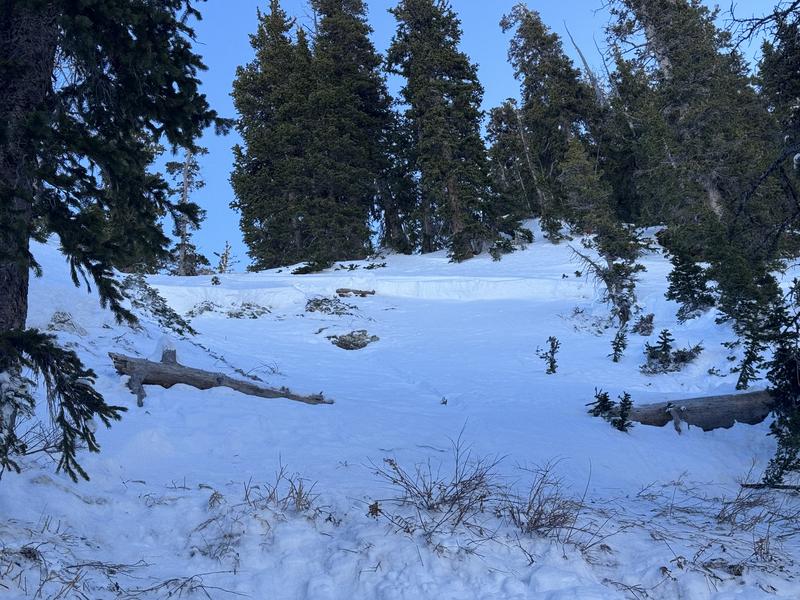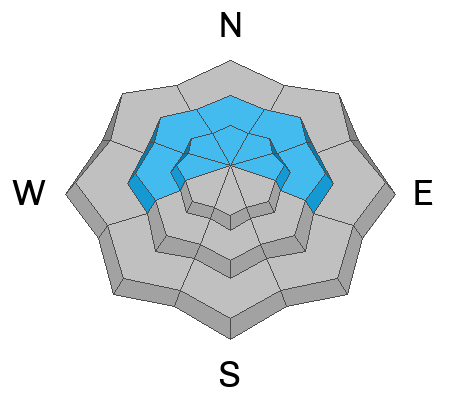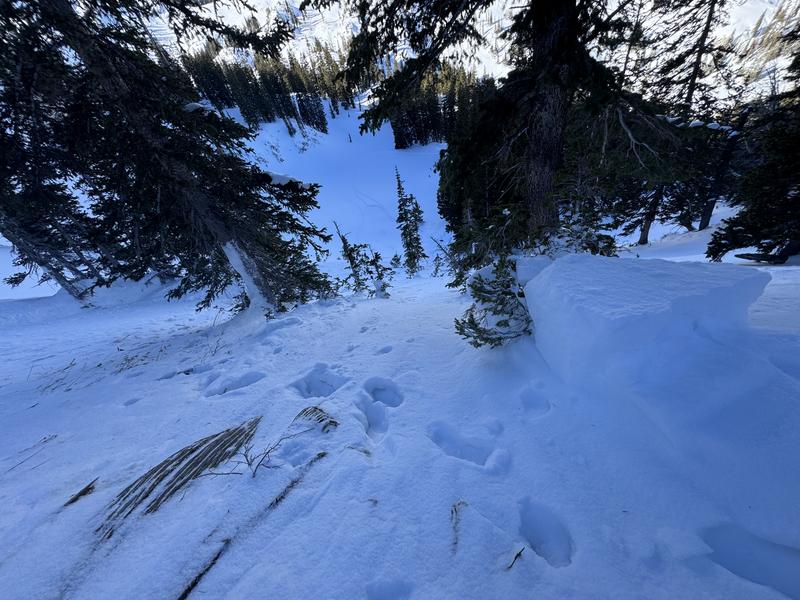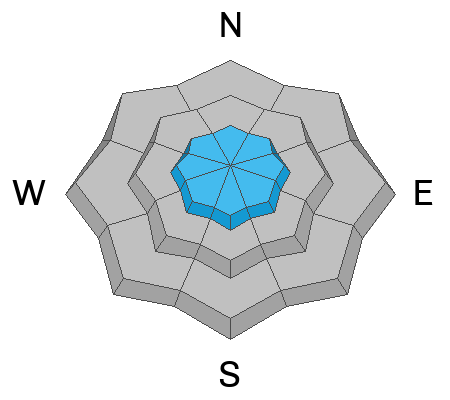Join the UAC at Deer Valley on January 30th for the
2nd Annual Blizzard Ball Gala. The night will be full of fun including delicious cuisine, live music, an auction, and presentation by Bruce Tremper.
This Morning: Partly cloudy skies with temperatures between 15-20° F. Winds are from the west and have increased overnight, averaging in the teens with gusts in the 20's mph between 9,500' and 10,500', with 11,000' winds averaging in the 30's and gusting into the upper 40's mph.
Today: Increasing clouds with temperatures in the 20's F. Winds will be from the west/northwest and increasing ahead of a cold front arriving this afternoon, gusting to 30 mph along exposed ridgelines up to 10,000', with gusts over 50 mph at 11,000'.
Overnight and into Saturday: Strong winds this evening with snowfall developing overnight and into Saturday. We are not expecting large water amounts with this storm system (only perhaps 0.30"), but with such cold air in place, snow densities will be quite low which means we may see 4-8" of snowfall by later Saturday, possibly higher totals in the upper Cottonwoods.
Extended: If you're from, say, Montana or Vermont, you'll feel right at home over the next several days with daytime highs in the low single digits and below 0° overnight.
There was a skier-triggered avalanche failing in the persistent weak layer on Thursday on Pioneer Ridge in upper Big Cottonwood Canyon. This was on north aspect at 10,100' and the avalanche was up to 2 feet deep and 30 feet wide. The rider was caught and carried, but deployed an airbag and stayed on the surface with no injuries. Their
thoughtful incident report is a worthy read. (Photo below.)
We've received several excellent observations over the past several days which you can read by clicking the button below.

